FERRARI F12 BERLINETTA
The F12 Berlinetta ushers in a new generation of Ferrari 12-cylinders in the form of a car that delivers unprecedented performance from an exceptional new engine, unparalleled handling and innovative design and aerodynamics.
Every time Ferrari has unveiled a new 12-cylinder sports car since 1947, something magical has happened. Perhaps this has to do with the fact that our very first car, the 125 S, was itself a 12-cylinder or maybe it's because purists see the 12-cylinder as the engine size par excellence. Be that as it may, every time a Prancing Horse car of this kind makes its debut, it hails the start of a new era. There have been several 12-cylinder models built here at Maranello that have gone down in the annals of automotive history because of their technological prowess and the results they've delivered.
The 1953 375 America, for instance, had an engine derived directly from the F1 single-seater of the day, while the 250 GTO in the 1960s was the perfect melding of styling and performance. That list must also include, of course, the 1969 365 GTB4, better known simply as the Daytona, which, thanks to its brilliantly balanced architecture delivered absolutely unique driving emotions. All of these engines and cars are now eagerly sought after by collectors the world over and each one represented major generational leap forward when it debuted.
This story continues today with the F12 Berlinetta which is not merely our latest mid-front 12-cylinder model but the first in a whole new generation of this kind of car. In fact, it is the most high performance Ferrari ever built yet it still effortlessly marries extreme performance with benchmark efficiency, delivering fuel consumption and emissions levels that are 30% lower than the previous generation. The challenge for our engineers and technicians this time was to create a front-engine car with blistering performance that was still able to offer the same driving pleasure and involvement at lower speeds. A difficult task because it meant improving on the design of the 599 GTB Fiorano, deemed the most beautiful Ferrari ever. However, their commitment and determination has produced a car sporting an exceptional new 740 hp mid-front V12 engine that delivers 690 Nm of torque.
Its engine and driver's seat have both been lowered, the wheelbase is shorter and a new suspension and gearbox layout have helped compact the rear. The result is a more compact car than the 599 GTB Fiorano. One that also has perfect weight distribution with 54% over the rear axle and a lower, pulled-back center of gravity to boot. Thanks to all these characteristics, the F12 Berlinetta delivers truly exceptional performance figures: 0-200 km/h in 8.5 seconds and a lap time at Fiorano of just 1'23''.
The F12 Berlinetta's space frame chassis and body shell are both entirely new too and employ 12 different aluminum alloys - some being used for the first time in the automotive sector - and an array of leading-edge assembly and joining technologies. This helped cut the car's overall weight to just 1,525 kg and maximize its performance efficiency, boosting torsional rigidity by 20%. As with every Ferrari, the F12 Berlinetta's aerodynamics were developed hand-in-glove with its styling, resulting in a plethora of innovative solutions. Not least of these are the Aero Bridge, which uses the car's bonnet to create down force for the first time, and Active Brake Cooling, a system of guide vanes on the brake air ducts which open when brake operating temperatures are high enough. The result is that the F12 Berlinetta is the most aerodynamically efficient Ferrari ever (a figure of 1.12 - double that of the 599 GTB Fiorano) with a Cd of 0.299 and down force of 123 kg at 200 km/h.
The product of the ongoing collaboration between the Ferrari Style Centre and Pininfarina, the F12 Berlinetta's design centers around the car's brilliantly balanced proportions. It has an original innovative style featuring typical Ferrari 12-cylinder styling cues. Clothed in sleek, aggressively sculpted lines, it offers a superb standard of occupant space and comfort despite its compact exterior dimensions too.
The F12 Berlinetta's 200-bar, direct-injection 6262 cc 65° V12 delivers absolutely unprecedented performance for a naturally aspirated 12-cylinder engine. It has a maximum power output of 740 CV at 8250 rpm, while its specific power output is a record-breaking 118 CV/l. Responsiveness and strong pick-up is guaranteed by maximum torque of 690 Nm, 80 per cent of which is already on tap at 2500 rpm, with a constant surge of power all the way up to the 8700 rpm rev limit. Just as is the case with F1 engines, the V12 has very low inertia and thus revs rise very rapidly. Driving involvement is intensified by the rich, full exhaust soundtrack typical of Ferrari's naturally-aspirated V12s. The F12 Berlinetta's performance levels give a good idea of the engine's incredible efficiency, where both fuel consumption and emissions are now 30 per cent lower thanks to the Stop & Start system, a "smart" alternator, and Multispark ignition system. These, along with numerous other technical solutions, have reduced internal friction making the F12 Berlinetta best-in-class for its power-emissions ratio.
The F12's compression ratio has also been increased to 13.5:1 and a new 3.0 ECU has been adopted that uses ionization currents to control sparking and detect misfires. The Multispark ignition generates three sparks of different durations and intensities in quick succession. At low engine speeds, this optimizes combustion and, consequently, lowers fuel consumption. The engine is also equipped with Stop & Start and a "smart" alternator which recharges the battery only when there is no demand for power. Meticulous attention was also paid to reducing internal friction, exhaust backpressure and intake depressurization. The cylinder block has four oil scavenge pumps with rotors using smaller diameter blades which optimize extraction efficiency. Lubrication is guaranteed by an engine oil pump with variable geometry. The design of the pistons includes an anodizing treatment to the first piston groove, with PVD (Physical Vapor Deposition) coating on the first piston ring and Graphal-coated piston skirts. All of this reduces friction between the piston and the cylinder liner. The camshafts are super-finished using a lapping process that reduces surface roughness to under 0.05 Ra, thus minimizing the coefficient of friction between the cam lobes and the tappets. The tappets themselves have been given a DLC (Diamond Like Carbon) coating that reduces their coefficient of friction, increasing performance and reducing fuel consumption.
| 

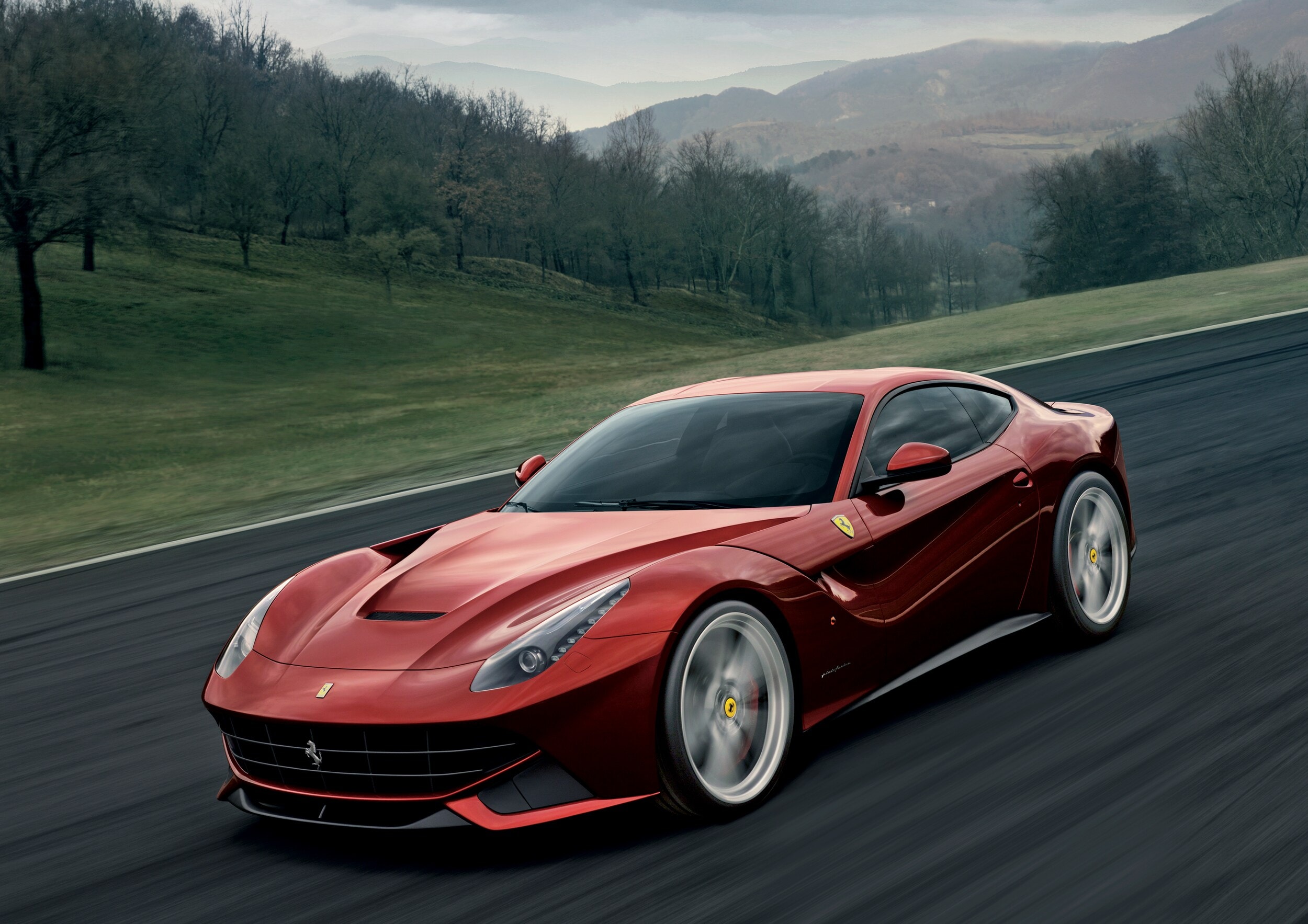
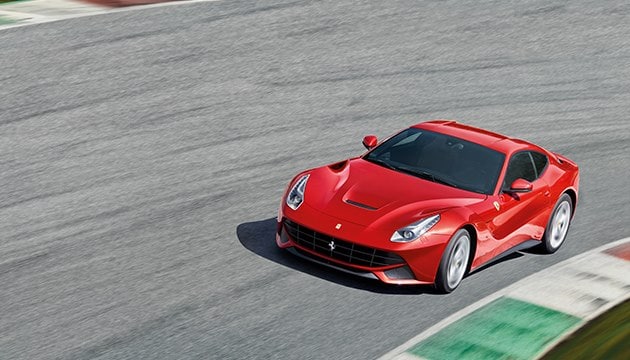
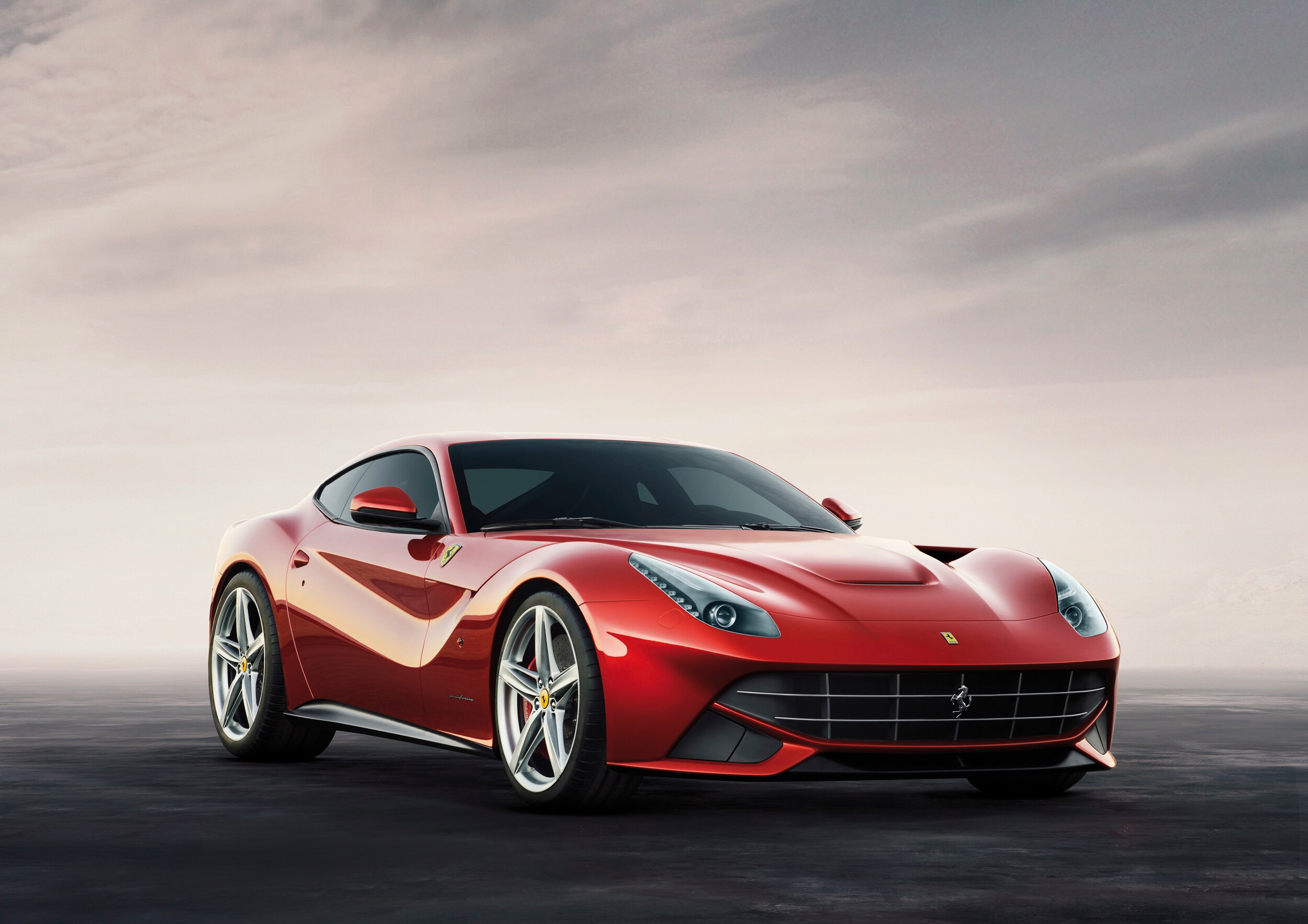
 . .
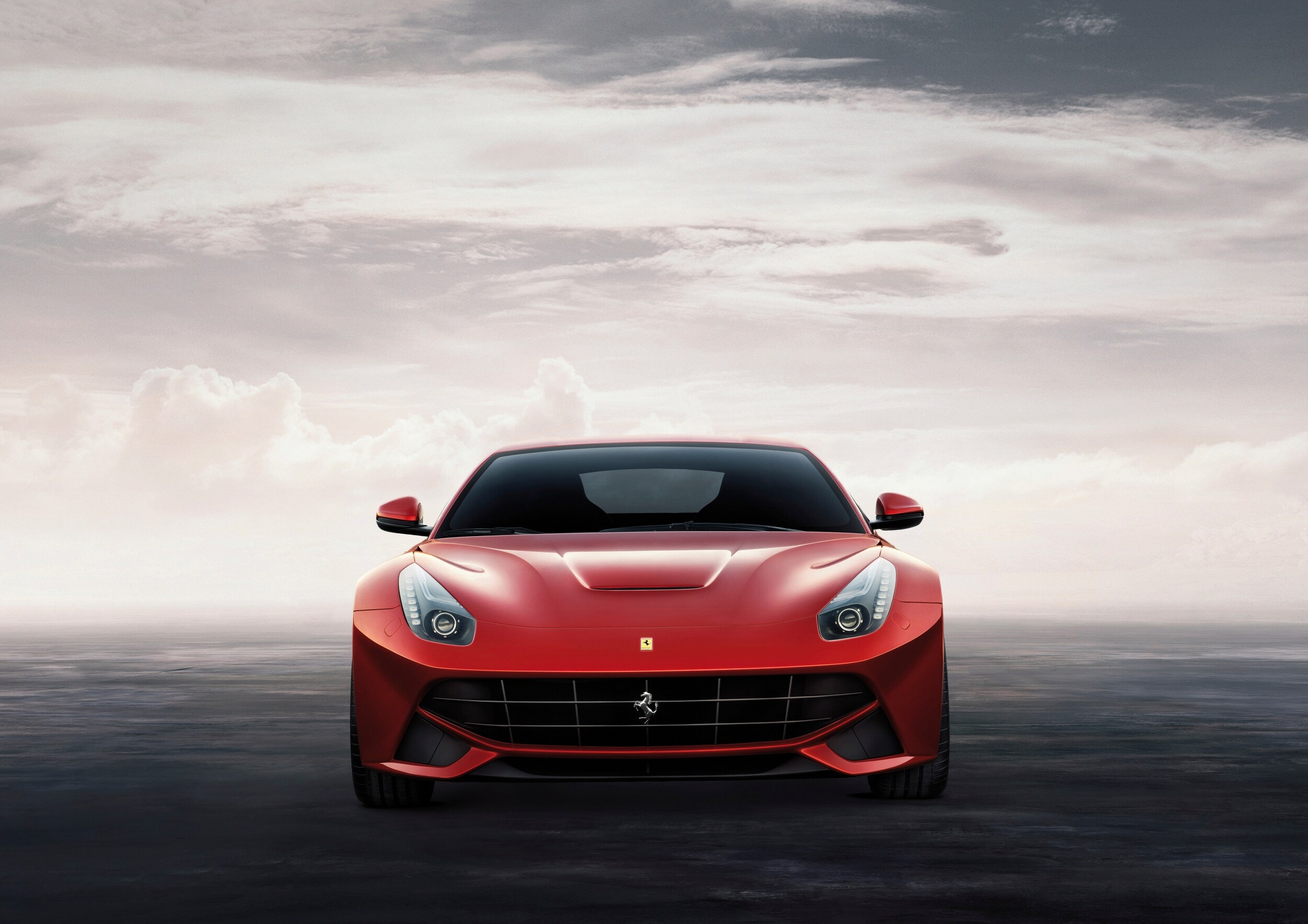
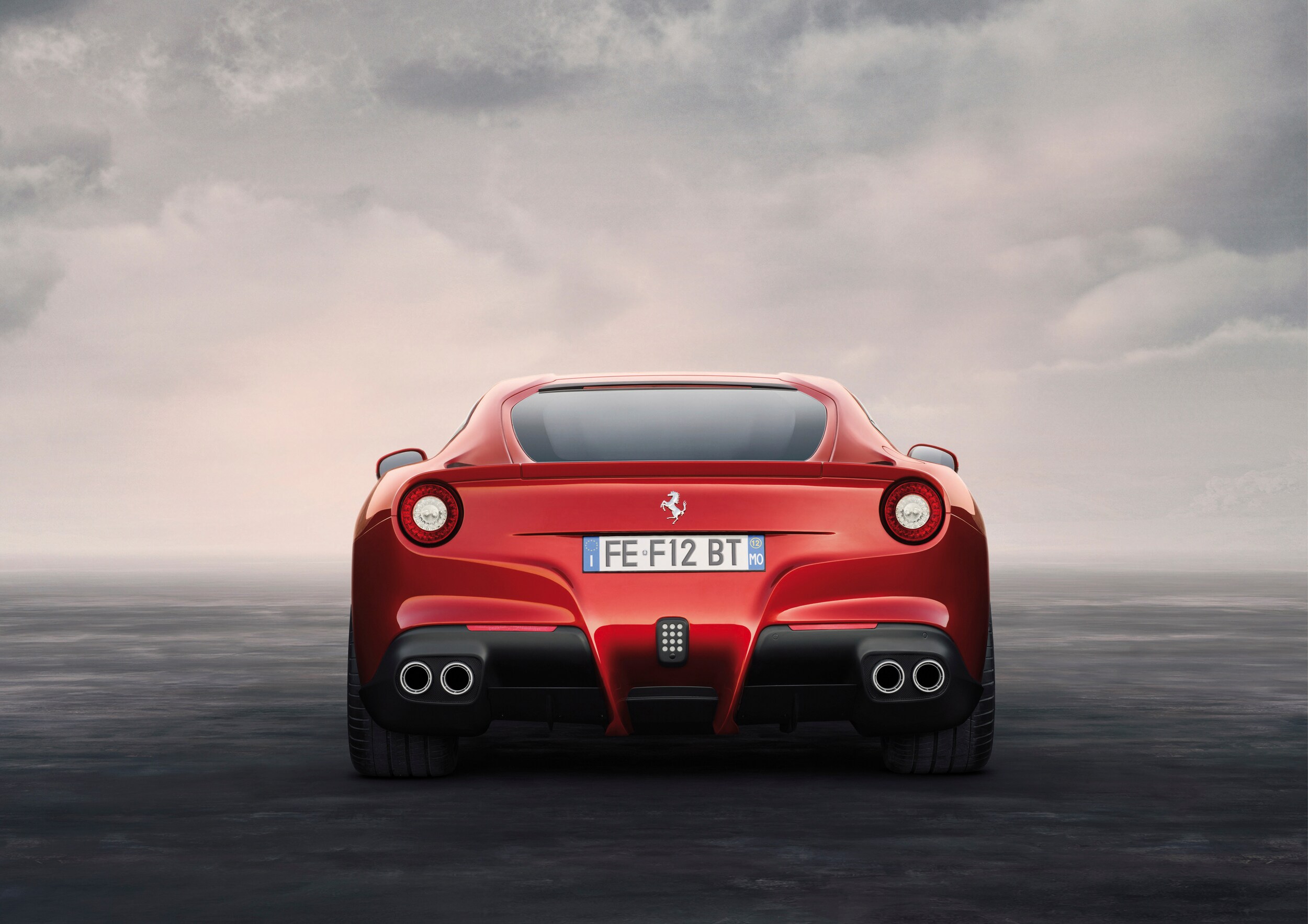
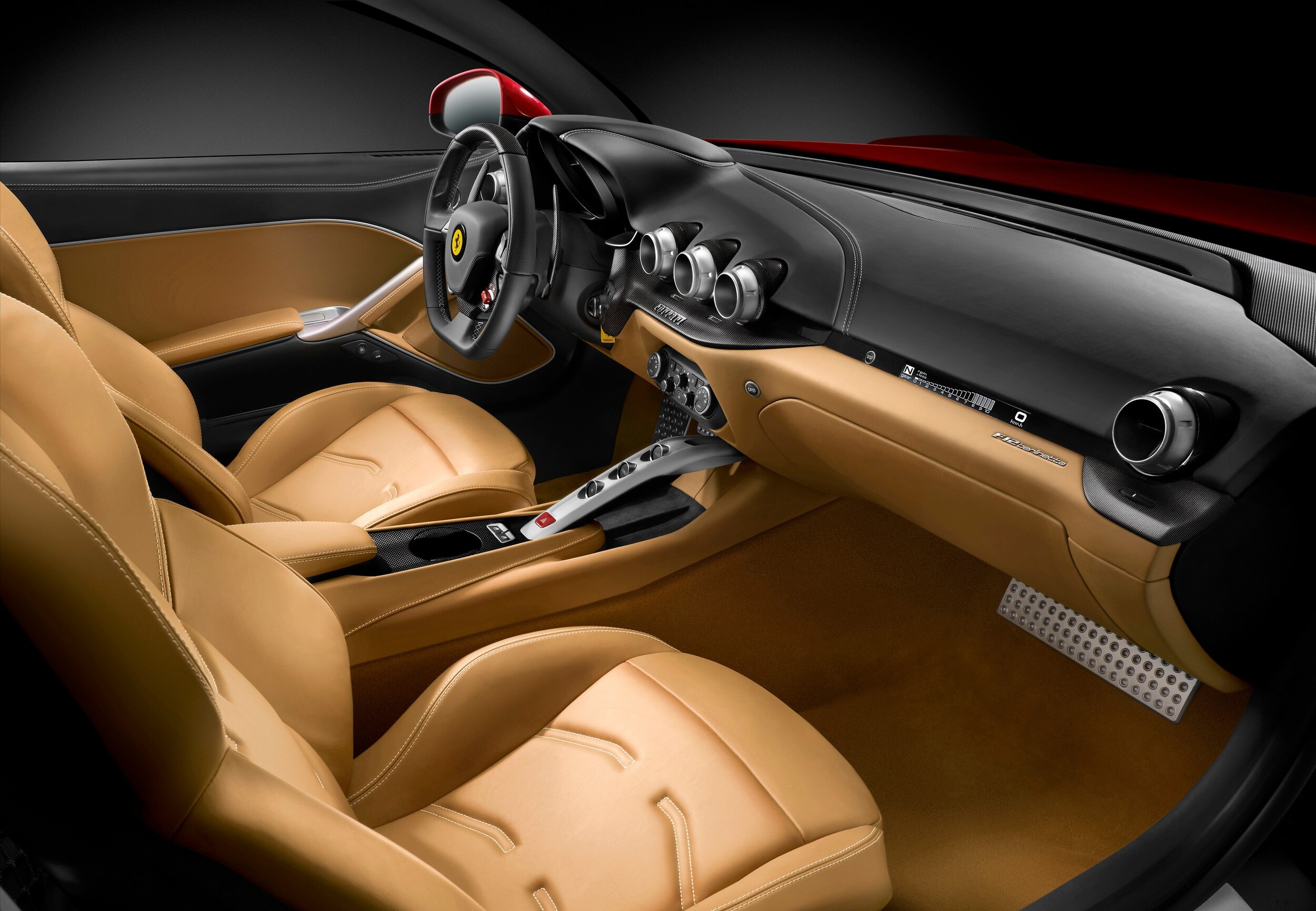
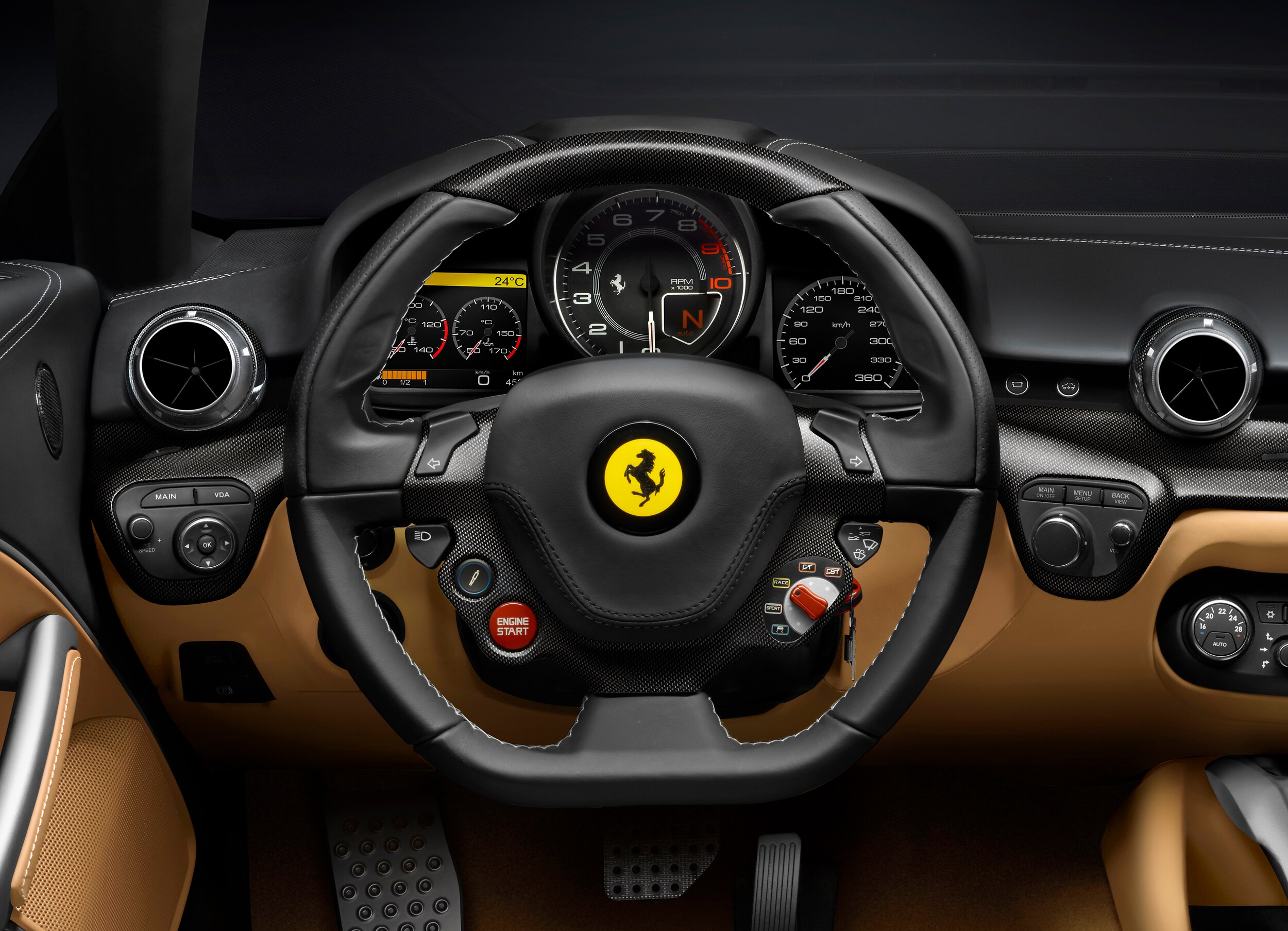
|